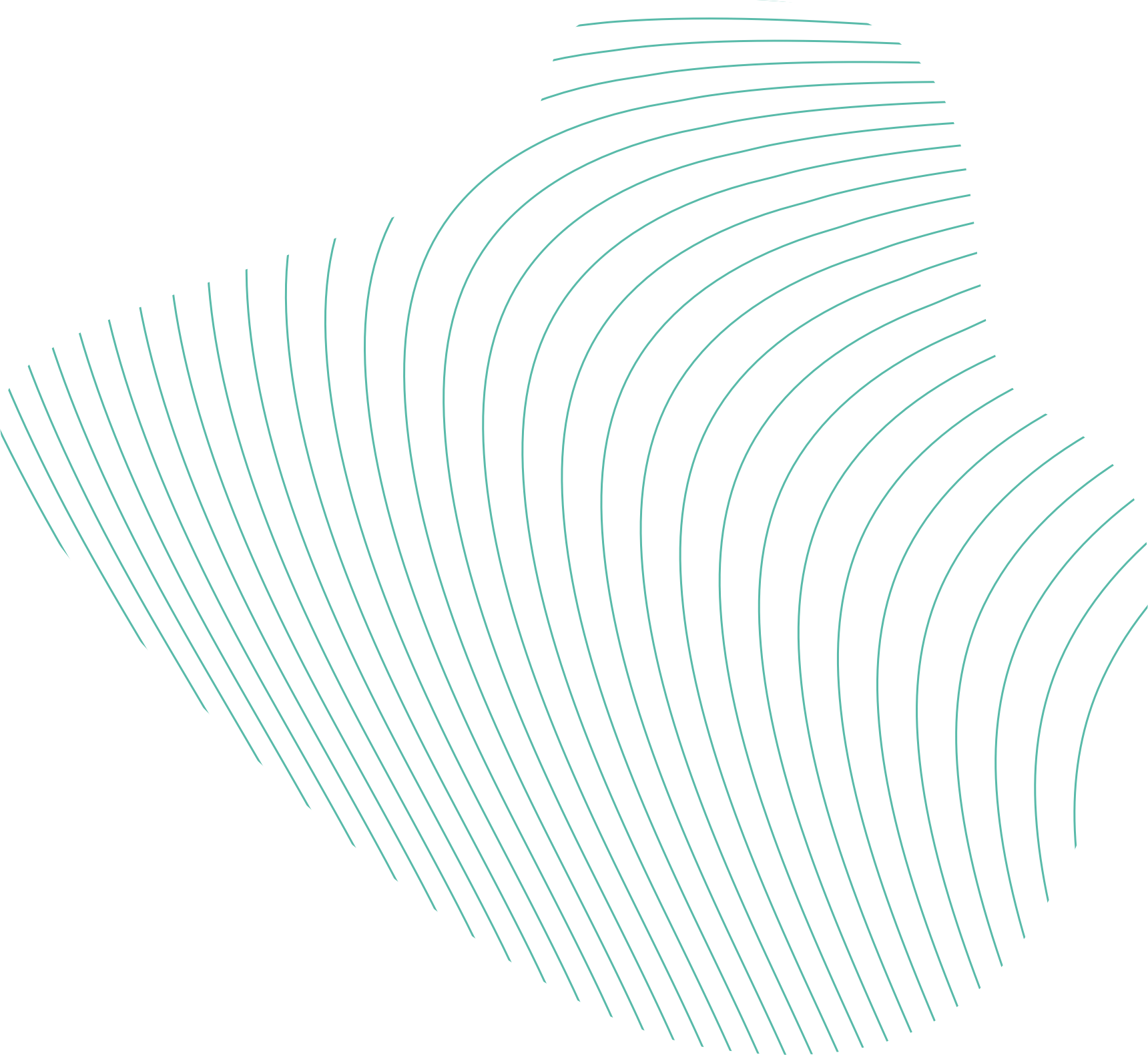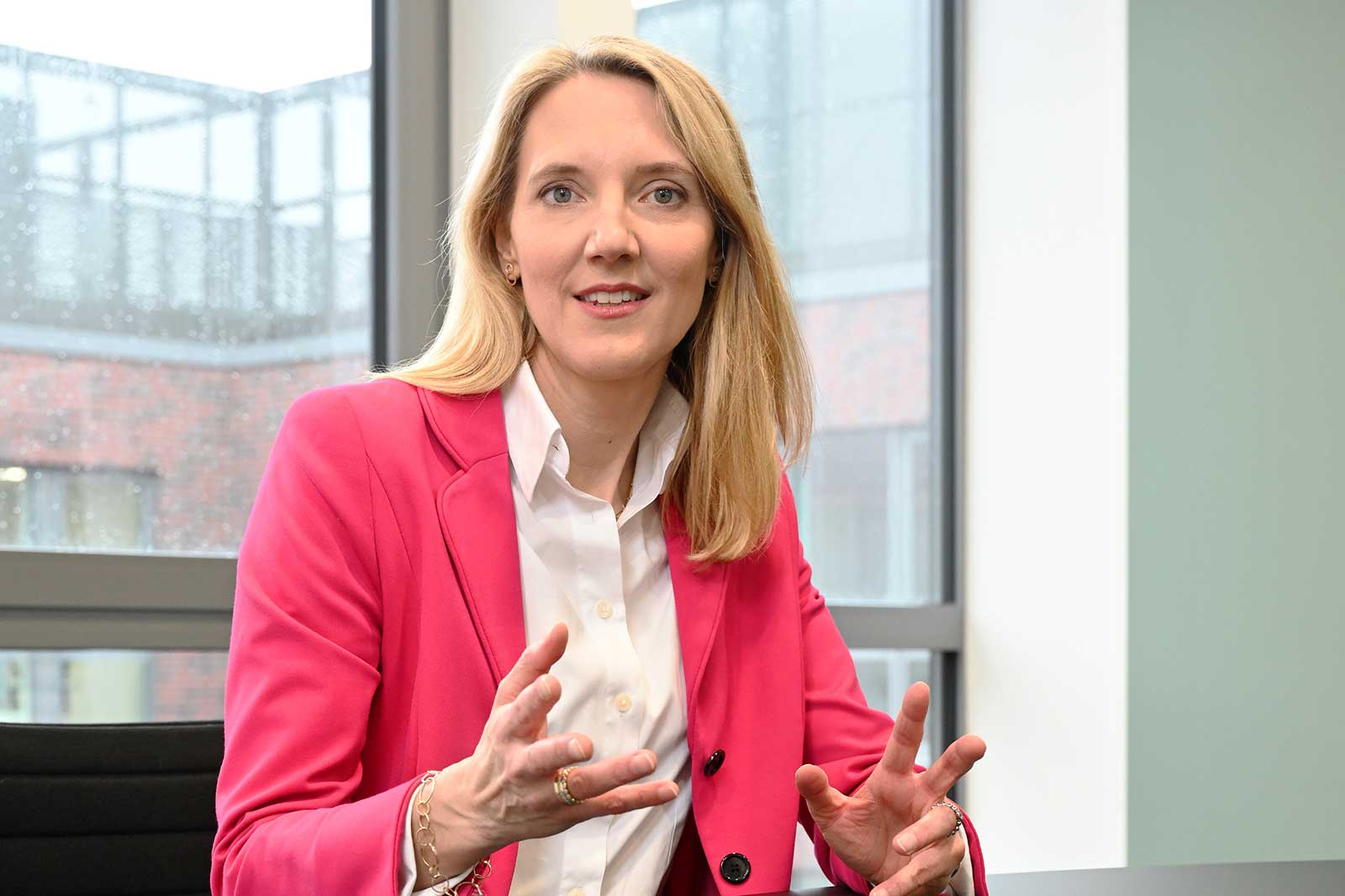


The solutions needed to secure the energy supply and protect the climate already exist. They just need to be implemented – and quickly. North Rhine-Westphalia and the Rhenish mining region offer large open spaces and great opportunities for this.
Three months ago, I stood on the shore of an ocean between Jülich, Düren and Inden with a shovel in my hand, ready to break ground again. I stood in the place where people will bathe, fish will swim and birds will live one day. It will be four decades before the Inden open-cast mine will be filled with water and the ‘Inden Ocean’ will be created. That is a long time. It is time that must not be wasted.
Germany intends to source 80 percent of its electricity from renewables by 2030 at the latest. The German government also plans to achieve independence from Russian gas by 2024. The traffic light coalition set ambitious goals in its Easter package. For instance, around 10 gigawatts of capacity for free-standing solar plants is to be tendered every year, which would multiply current expansion rates. This means that Germany needs to speed up its energy transition. Faster approval procedures, adequate locations and good ideas for how to use them as efficiently as possible are needed.
For sites like the Inden open-cast mine, this means not waiting until the last excavator has left and the open-cast mine is flooded. What we need are clever solutions – and we need them now. It is about time we broke ground. In Germany, RWE wants to build every wind and solar project that is feasible. The Rhenish mining region offers the best conditions for this. We know the landscape well, have good infrastructure and a local network there. Our past also represents an obligation that we have to help shape the immense process of transformation. We have plenty of ideas for how these huge areas could be put to good use.
By the end of this summer, the Inden open-cast mine will not just supply lignite but also green electricity for 7,200 households each year. The indeland solar plant is the first of four photovoltaic storage projects planned in the region and our first hybrid plant in Europe. Thanks to integrated storage facilities, the energy from the approximately 26,500 solar modules can also be accessed when the sun is not shining. Construction got under way at the end of April and the facility will be up and running by the end of the summer. It normally takes two to three years in Germany, taking into account the approval procedure, before construction can begin. Inden was an exception, only taking half as long. More often than not, too much time passes before building can start.
RWE aims to develop renewable energy projects with a capacity of 1,000 megawatts in North Rhine-Westphalia by 2030. 600 megawatts of wind power capacity (around 120 new wind turbines) and 400 megawatts of solar power capacity (for which we plan to install 670,000 modules over an area equivalent to about 500 football pitches). At least half of the planned capacity is located in the Rhenish mining region. In the next few weeks, the Bedburg wind farm will be connected to the grid with five wind turbines. These five turbines can supply 28,000 households for a year – more than the citizens and businesses of Bedburg consume.
As you can see, the indeland solar plant is just one of many projects. Floating solar modules are also conceivable once the open-cast mine is filled with water to create the future lake. We can look to one of our neighbouring countries to see how well this works. RWE recently commissioned its first floating photovoltaic plant in the Netherlands. Around 13,400 solar modules have been floating on a lake of cooling water and producing green electricity since July. The conditions for floating photovoltaics are not optimal in Germany. The new framework conditions of the German government’s Easter package are currently still hampering this technologies expansion.
One way of doubling the use of land is agrophotovoltaic systems. Recultivated open-cast mine land and other arable areas could be used to produce solar energy as well as fruit, vegetables and cereals. RWE is planning to test which varieties are suitable for this, how the plants can best be configured and how farmers can be involved on site in a demonstration project in the Rhenish mining region in order to develop further agrophotovoltaic projects on this basis.
Renewables and battery storage facilities are one way we can keep our energy supply secure and achieve climate targets. The solutions already exist, they just need to be implemented. In Germany, the expansion of onshore wind power stalled in the first half of the year. Ambitious targets often run up against lengthy procedures – a challenge faced by almost all EU countries, who are now looking eagerly to Germany. Will our country actually manage to achieve its expansion targets? The “Easter package” and the measures announced for the second half of the year to accelerate approval procedures could unleash the energy transition. It is possible, it can succeed. More ground has to be broken. At RWE, we are doing our part. We will take on every renewables project that is feasible.
© Rheinische Post

